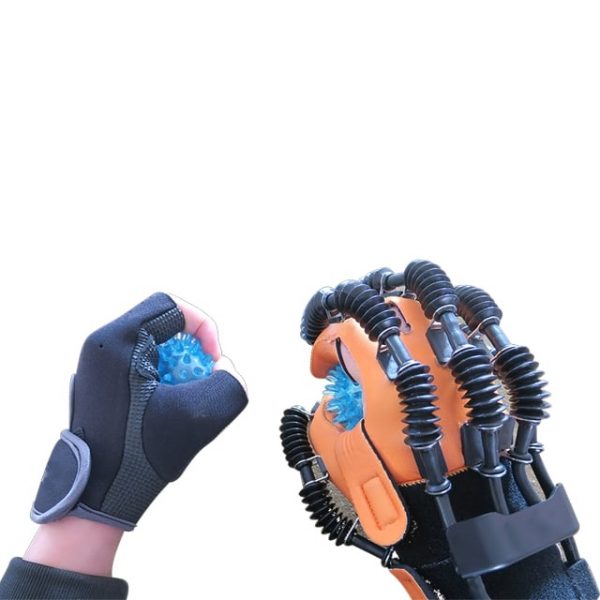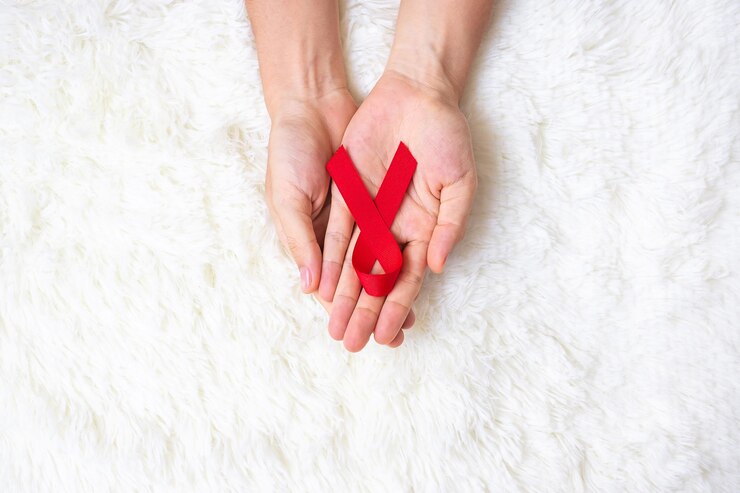What Do All Stroke Survivors And Their Families Need To Know
You’re most likely reading this because someone you love has had a stroke or is recovering from a stroke.
This article was created to assist you in dealing with a devastating event. Strokes are one of the most terrifying experiences one could ever face. There is no worse feeling in the world than not being able to talk or move your body like you used to. If you or anyone you know has had a stroke, read on to discover what you should know about a stroke survivor’s life.
How the body is affected by a stroke
It may be useful when thinking about what happens after a stroke to consider how the body is affected. A stroke occurs when blood flow to the brain is interrupted, which disrupts the supply of oxygen and nutrients, causing brain cells to die. Ischemic stroke and hemorrhagic stroke are the two most common forms of stroke.
- Ischemic – happens when a blood vessel delivering blood to the brain becomes obstructed.
- Hemorrhagic – caused by a weakened blood vessel supplying blood to the brain that bursts open.


The effects of a stroke vary depending on the severity of the brain injury and which section of the brain was damaged. Most strokes happen in the left side of the brain, which controls speech and language skills, so speech problems are common in people who have had a stroke. The right side of the brain controls spatial awareness, so vision problems are also common in people who have had a stroke. Memory loss can also develop as part of post-stroke symptoms.
Treatment processes
Stroke survivors and their families need to know how to manage the condition because The first six months are crucial to recovery.
Here are some things all stroke survivors and their families needs to know:
- Stroke recovery is a long process. It might take months to regain your independence and return to normal activities.
- The earlier you get treatment, the better your chances will be for recovery.
- You should come up with a plan to stay healthy and active during recovery so that you can continue to work toward recovery goals even after you go home from the hospital.
- It’s important that you follow your doctor’s instructions about taking medicines and make sure you are drinking enough fluids, eating nutritious foods, and getting enough restful sleep.
- You should also see a hand therapist and occupational therapist every week during rehabilitation to keep improving your hand function as much as possible while you recover at home or in an inpatient facility.
We encourage you to begin practicing independent exercises at home identical to the ones you did in treatment, and to facilitate the therapy, we also recommend using the home medical equipment such as the hand rehab glove.


The Hand Rehab Gloves: Urehab-HR11 is designed to build muscle in the hand that is weakened by a stroke. This device is also designed to make it easier for stroke survivors to perform tasks like typing, texting, and writing. It does a good job of getting patients to use their hands more effectively.
With proper care, many stroke survivors can recover to the point they once were, If you or someone you know have experienced a stroke, we hope that this article has helped you.


